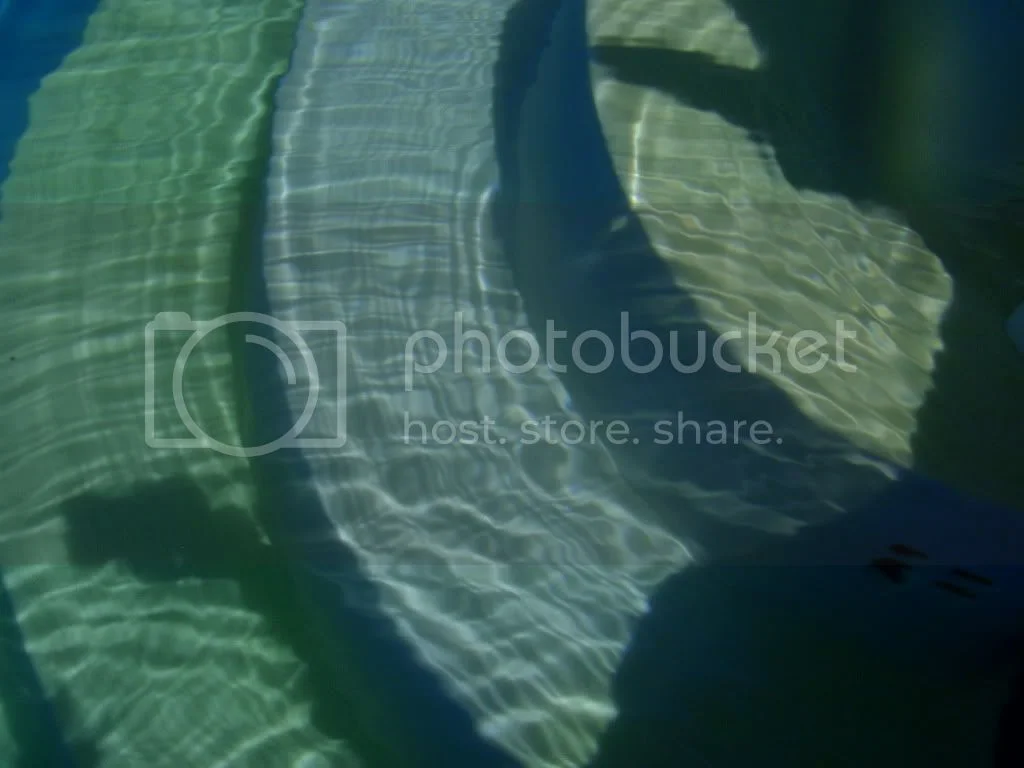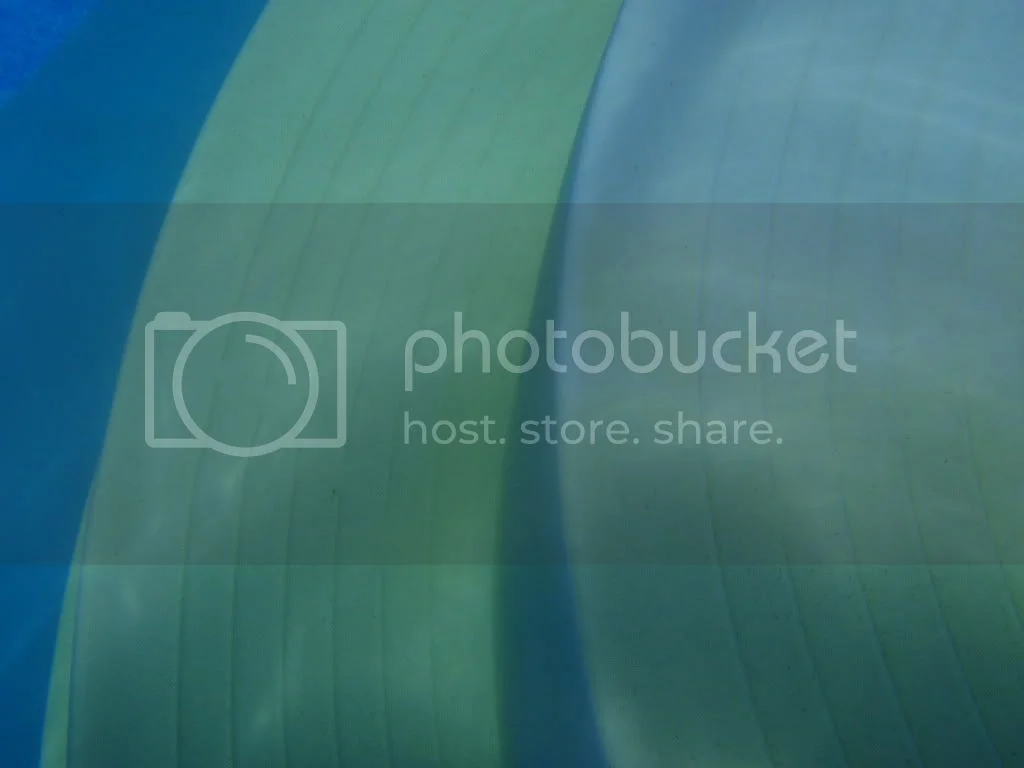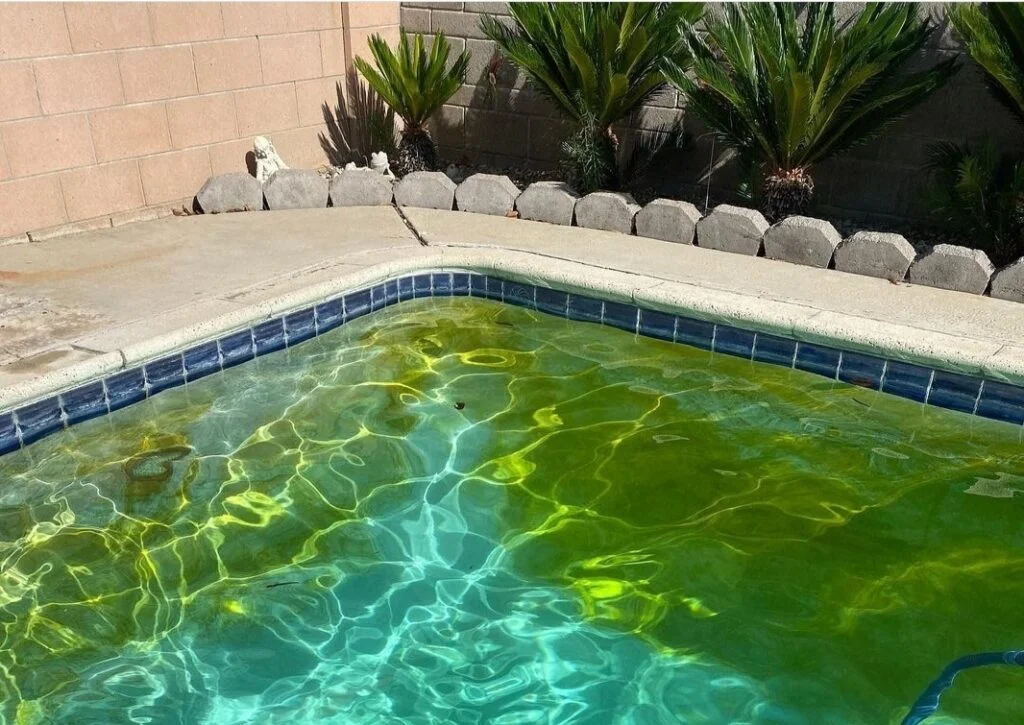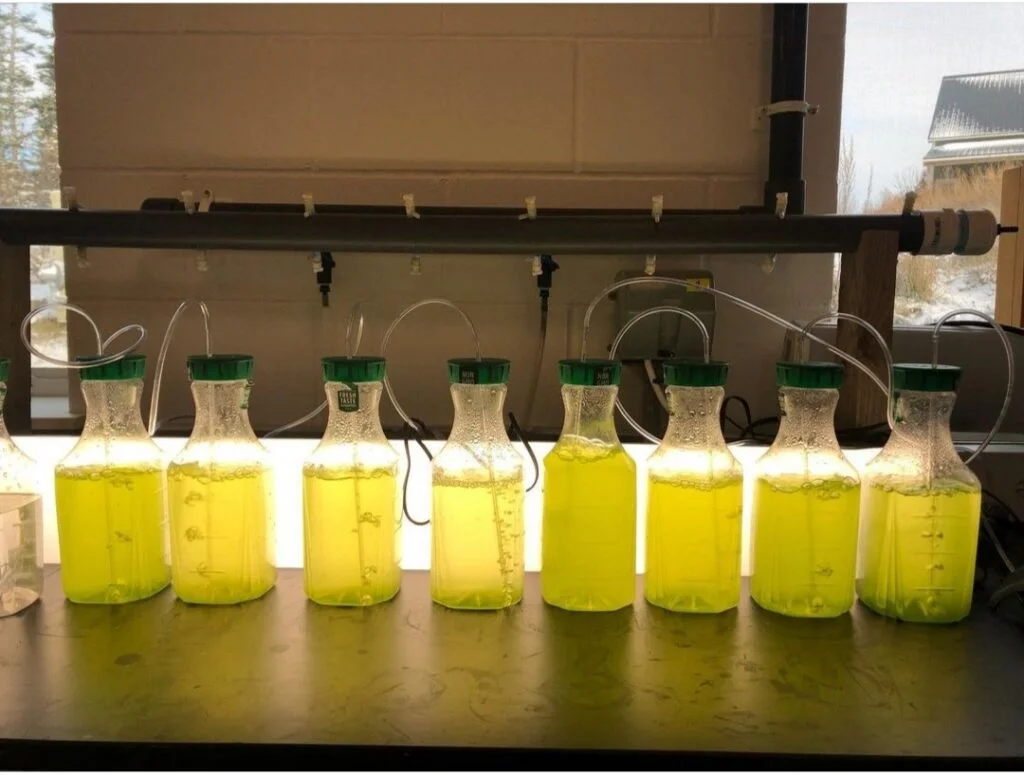Swimming pools are prone to various types of algae, especially when the temperatures begin to rise and water quality drops. Luckily, most of these algae are easy to identify and treat.
However, the diagnosis of yellow algae, also known as Mustard Algae is slightly tricky, particularly because it is easy to confuse it with pollen or dirt based on its appearance.This yellowish brown algae is highly resistant to regular levels of chlorine in the pool, and thrives even in chemically well-balanced water.
If you suspect that your pool is infected by mustard algae and want to be sure before beginning to treat it, you have come to the right place. Here are all the simple yet effective tests that you can perform easily for identifying mustard algae:
The Brush Test
This is one of the easiest yet definitive tests to know if the yellowish patches in your pool are mustard algae or just regular dust or pollen. All you have to do is brush them away properly using a dedicated pool brush. Inspect the same area of the pool after 12 to 24 hours.
If the yellow patches reappear, it confirms the presence of mustard algae. However, if the area remains clear and the grains collect at the bottom of the pool, it points towards pollen or regular dirt.
We highly recommend choosing from one of the best pool cleaning shoes to prevent you from slippage if you intend to enter the pool for cleaning.
If you are still confused between labelling it as pollen or mustard algae, read our in-depth guide Mustard Algae or Pollen? – Here is how to know
The following pictures demonstrates how easily mustard algae gets brushed away. Beware, however, it comes back just as easily. The picture shows three pool steps from among which one has been brushed clean recently.


Examining the Arrangement Through Naked Eye
Even though we know that mustard algae is the most difficult form of algae to diagnose through naked eye only, there are certain distinguishing features about its arrangement that can help.
Mustard algae is usually present in the form of small to medium clusters on the side walls of the pool. It never grows at the bottom of the pool where people step.

Furthermore, mustard algae is usually present in areas of the pool that are away from sunlight, and where water is relatively stagnant, such as dead spots around the ladder. Detailed description of its appearance has been given in the article What Does Mustard Algae Look Like?
Other substances that can resemble it, such as pollen, usually float on the surface of the water and their growth is not affected by the pattern of sunlight. Here’s how to know if it is Mustard Algae or Pollen.
Roll and Pinch the Suspected Particles
The texture of the yellow spots is another feature that can help you in guessing whether it is mustard algae or not. Hold the sample between your fingers and slightly pinch it. If it feels slimy, it is probably mustard algae. However, if it feels gritty or squishy, it is more likely to be pollen or some other substance.
Shock The Pool and Then Observe the Suspected Mustard Algae
Another method to know for sure if the yellow patches in your pool are mustard algae or just pollen or dust is to shock it. Use a high strength shock with concentrated chlorine, and observe how the yellow substance reacts to it. We have found these HTH chlorinating tablets particularly effective for the task.
If the discoloration disappears for as long as the pool is shocked, it is most likely mustard algae. However, if it keeps building up, it is most probably something else.
Overnight Free Chlorine Level Test
This is another simple yet effective test that can allow you to know if your pool actually has mustard algae, without putting any extra effort. Measure the level of free chlorine in your pool in the evening. Then leave it overnight, and measure again in the morning.
You will need something to test the chlorine levels. These SenSafe test strips are an economical yet adequately accurate option. Alternatively, you can make a lifetime investment in the form of a digital pool test kit which will monitor over 25 parameters.
If the level of chlorine drops by about 1 ppm or more, it indicates the presence of mustard algae since chlorine will be used up in fighting the algae. However, if the chlorine levels remain steady, it means that your pool has something else.
Test the Growth of Suspected Algae in a Container
Since algae is a living organism, it tends to grow and multiply over time as opposed to pollen and other non living substances. This fact can also be used to establish whether the yellowish substance in your pool is mustard algae or not.
All you have to do is get a clean jar or container, preferably with a lid. Fill it with water from the pool.
Now get a clean syringe or dropper, and use it to obtain some of the yellow patches. Put this into the water in the container, cover it loosely and then place it in a shady place.
Below is a picture of how your jar is supposed to look after these steps. Observe the substance after a day or two. If it has grown noticeably, it most definitely is mustard algae.

Observe The Sample Under a Microscope
This might seem inconvenient, but observing the yellow sample under a microscope is a time efficient way to know if it is mustard algae or something else. You can get a handheld LED microscope like the Carson’s MicroFlip for under $20 these days!
When viewed under a microscope, mustard algae appears as small spots with halos around them. Dust particles or pollen grains, on the other hand, are larger and more solid structures.
If you still can not tell mustard algae from sand, read Mustard Algae or Sand- Here’s How to Know.
Conclusion
As stated earlier, mustard algae is a relatively challenging form of algae to diagnose because of its resemblance to various other substances that are normal. However, now we have a myriad of tests that can help identify it in as little as a few minutes.
Although most of them are definitive, the most widely recommended confirmatory technique is to observe it under a microscope. Nonetheless, the final choice of test to be performed depends on the pool owner’s preference.
Some other equally helpful pool care articles:
- How Long Does it Take to Clean a Pool?
- How To Tell If A Pool Is Saltwater Or Chlorine?
- How to Lower Chlorine in Hot Tub Naturally
- Too Much Clarifier in Pool? Here’s What You Can Do
- How Many Return Jets Should a Pool Have?
- Cheapest Way to Increase Calcium Hardness in Pool
- In Ground Spa Jet Placement- Everything You Need to Know